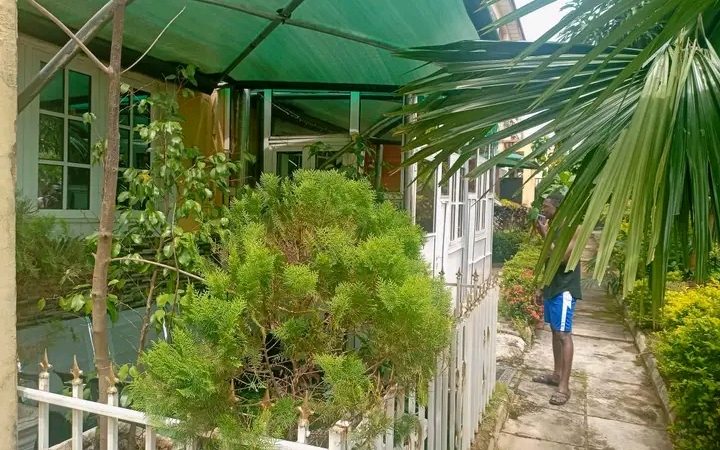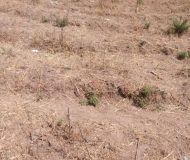
Caring for Your Garden: Landscaping and Outdoor Maintenance
A well-tended garden is more than just a visual delight – it’s a living space that invites relaxation, creativity, and connection with nature. Landscaping and outdoor maintenance play crucial roles in creating and sustaining a beautiful and functional garden. Whether you’re a seasoned gardener or a newcomer with a green thumb, understanding the essentials of garden care can make a significant difference in the health and aesthetic appeal of your outdoor space.
Designing Your Oasis
The foundation of a captivating garden lies in its design. Before you start planting, envision how you want your garden to look and function. Consider factors like the available space, sunlight, soil type, and climate. Your garden’s layout should harmonize with your home’s architecture and your personal preferences.
Choosing the Right Plants
Selecting the right plants is essential for a thriving garden. Opt for native plants as they are better adapted to the local environment, requiring less maintenance and resources. Pay attention to their growth habits, colors, and blooming seasons to ensure a dynamic and visually appealing landscape throughout the year.
Soil Care and Fertilization
Healthy soil is the cornerstone of a successful garden. Conduct a soil test to determine its composition and pH level. Based on the results, you can amend the soil with compost, organic matter, or specific fertilizers to provide essential nutrients for plant growth.
Watering Wisely
Proper watering is vital for plant health. Different plants have varying water requirements, so it’s important to group them accordingly. Consider installing a drip irrigation system to efficiently deliver water to the roots and reduce water wastage.
Mulching Benefits
Mulching offers multiple benefits, including conserving moisture, regulating soil temperature, suppressing weed growth, and enhancing the soil’s structure as it decomposes over time. Use organic mulch like wood chips or straw to improve soil health.
Pruning and Trimming
Regular pruning and trimming are necessary to maintain the shape, size, and health of your plants. Remove dead or diseased branches to prevent the spread of infections and encourage new growth. Pruning also improves air circulation and sunlight penetration.
Pest and Disease Management
Monitor your garden for signs of pests and diseases. Early detection and intervention are key to preventing widespread infestations. Utilize integrated pest management techniques, such as introducing beneficial insects and using eco-friendly treatments, to maintain a balanced ecosystem.
Sustainable Practices
Embrace sustainable practices to minimize your garden’s impact on the environment. Collect rainwater for irrigation, use organic fertilizers, and avoid chemical pesticides that can harm beneficial insects and pollinators.
Seasonal Maintenance
Gardens evolve with the changing seasons, and regular upkeep is essential. Prepare your garden for winter by trimming back perennials and protecting delicate plants from frost. In spring, clean up debris, divide overcrowded plants, and kick-start a new growing season.
Creating a Relaxing Space
Beyond the practical aspects, a well-designed garden can serve as a tranquil retreat. Incorporate seating areas, pathways, and features like fountains or bird feeders to attract wildlife and enhance your garden’s appeal.
In conclusion, caring for your garden is a rewarding endeavor that requires careful planning, attention to detail, and a genuine love for nature. By following these guidelines for landscaping and outdoor maintenance, you can cultivate a captivating garden that thrives year-round and provides a sanctuary for relaxation, creativity, and appreciation of the natural world.





